Iran Plans to Build More Aviation Fuel Stations
Three aviation fuel stations are under construction in Kalaleh in Golestan Province, Parsabad in Ardabil Province and on Abu Musa Island in Hormozgan Province, the head of the Airplane Refueling Department of Iran said.
“Negotiations are underway to build seven more stations across the country,” Ahmad Vahedian Abutorabi was also quoted as saying by the Oil Ministry’s news service Shana.
57 active aviation fuel stations in the country’s airports
“Currently, there are 57 aviation fuel stations operating in the country’s airports to distribute aviation fuel according to international standards to Iranian passenger and cargo planes,” he added.
“Last [Iranian] year [ended March 2023], the daily distribution of jet fuel averaged 3.9 million liters, which figure reached 4.5 million liters per day during the Norouz holidays this year,” he said.
“From March 16 to April 3, a total of 79 million liters of aviation fuel were distributed to airplanes.”
Vahedian said Mehrabad, Imam Khomeini, Mashhad, Kish, Shiraz and Tabriz airports received the highest volume of jet fuel during the period.
The production of high quality jet fuel and provision of aircraft refueling services as per international standards have placed Iran among the top countries in this field.
Jet fuel is a specialized hydrocarbon used to power aircraft. It is generally of a higher quality than what is used in road transportation and for heating purposes.
In addition to meeting domestic needs, Iran exports jet fuel to Armenia, Afghanistan, Iraq, Central Asian countries and Pakistan.
Though Iran’s jet fuel consumption fluctuated substantially in recent years, according to the Aviation Fuel Department at the National Iranian Oil Products Distribution Company, aircrafts in Iran need close to 1.5 billion liters of fuel annually.
Jet Fuel Production
Iran plans to increase its jet fuel output, as the Persian Gulf Bidboland Gas Refinery in southern Khuzestan Province is ready to produce the fuel.
With the completion of a project to desulfurize butane to convert it to jet fuel, the refinery will soon launch the hydrodesulfurization unit.
The project, which has cost over $65 million, will annually earn at least $20 million.
Rremoving sulfur from butane is an environment-friendly practice that will cut greenhouse gases in the region in the long run.
The Bidboland facility has an annual production capacity of 10.4 million tons of methane, which will be injected into the gas grid, 1.5 million tons of ethane, 1 million tons of propane, 600,000 tons of gas condensates and 500,000 tons of butane.
Jet fuel is a specific mixture of 80% isobutane and 20% propane that creates a higher vapor pressure that makes it perform better in colder conditions.
About half of the jet fuel produced in Iran comes from Tehran Oil Refining Company.
The facility receives 250,000 barrels of crude per day as feedstock, a part of which is converted to jet fuel conforming to international standards.
Increasing air traffic in Iran
Domestic air passenger traffic registered a year-on-year rise of 16% in the last Iranian year’s first 11 months (March 21, 2022-Feb. 19), as 29.38 million passengers were flown internally by Iranian airlines, new data released by Iran Airports Company show.
This is while the number of takeoffs and landings posted a 9% fall during the period to reach 255,630 YOY.
The surge in passenger traffic, despite the decline in the number of flights, is because restrictions related to Covid-19 were eased after airlines had been enforcing social distancing to fend off the pandemic for over two years.
Over 243.83 million tons of cargo were transported by air during the period, marking a 16% year-on-year rise.
Tehran’s Mehrabad International Airport accounted for 11.22 million of the total number of transported passengers (29.38 million), 14% more than in the corresponding period of last year.
Published: Apr 26, 2023
If you want to order petroleum, petrochemical and chemical products from Iran, please do not hesitate to send Iran Petroleum an email.

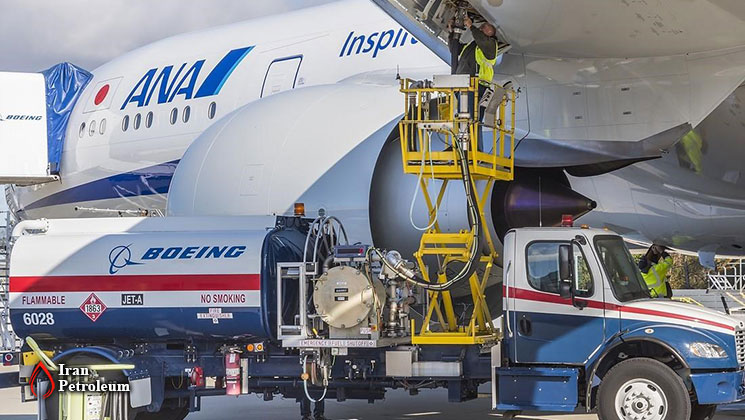
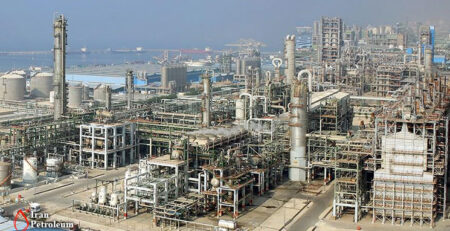
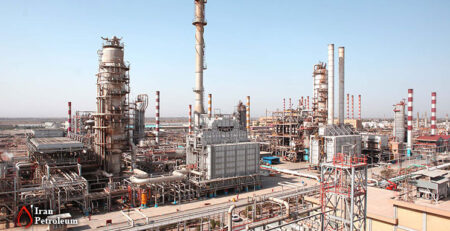
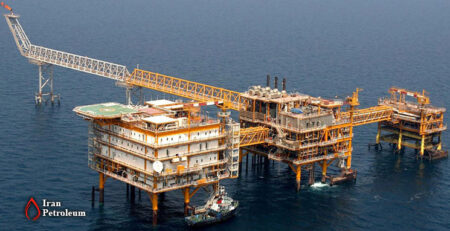
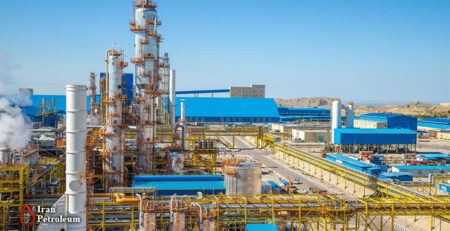
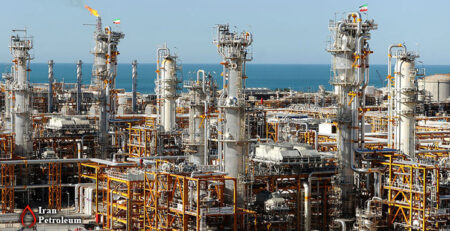
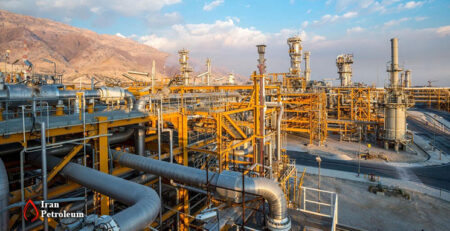
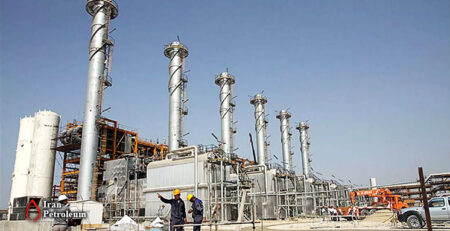

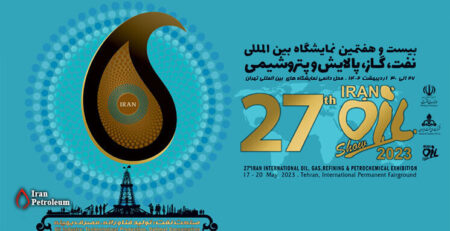
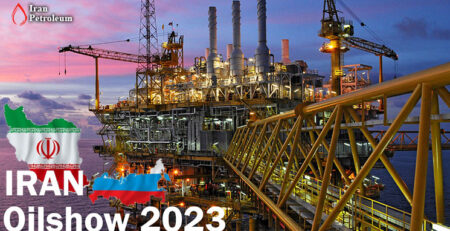
Leave a Reply